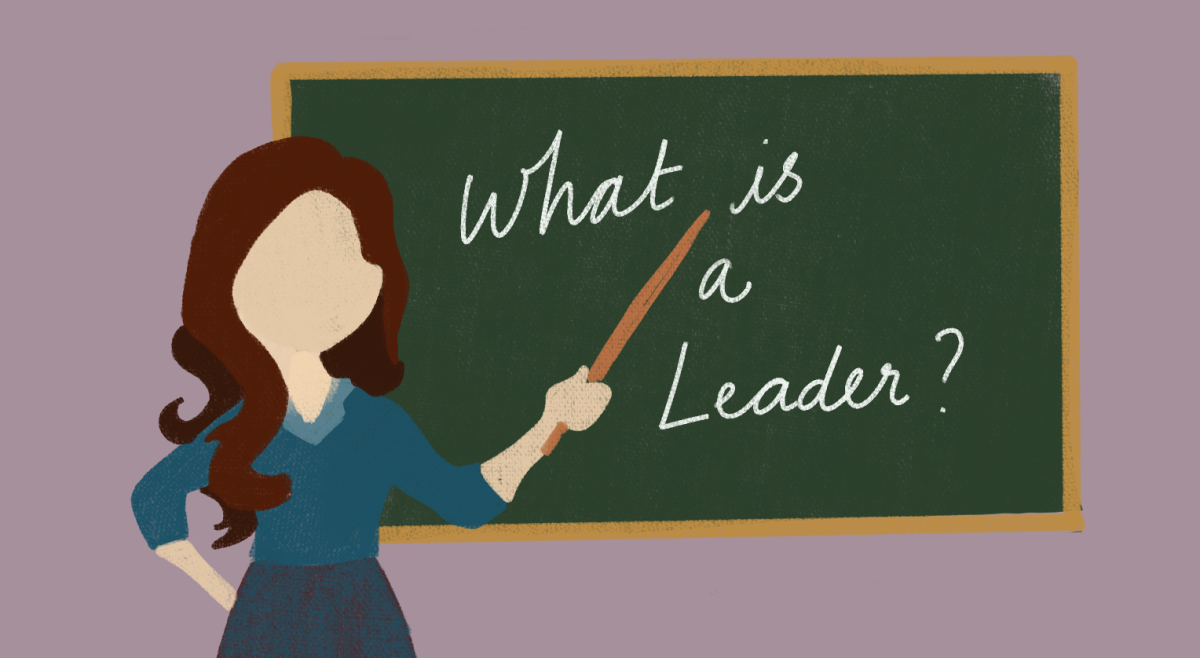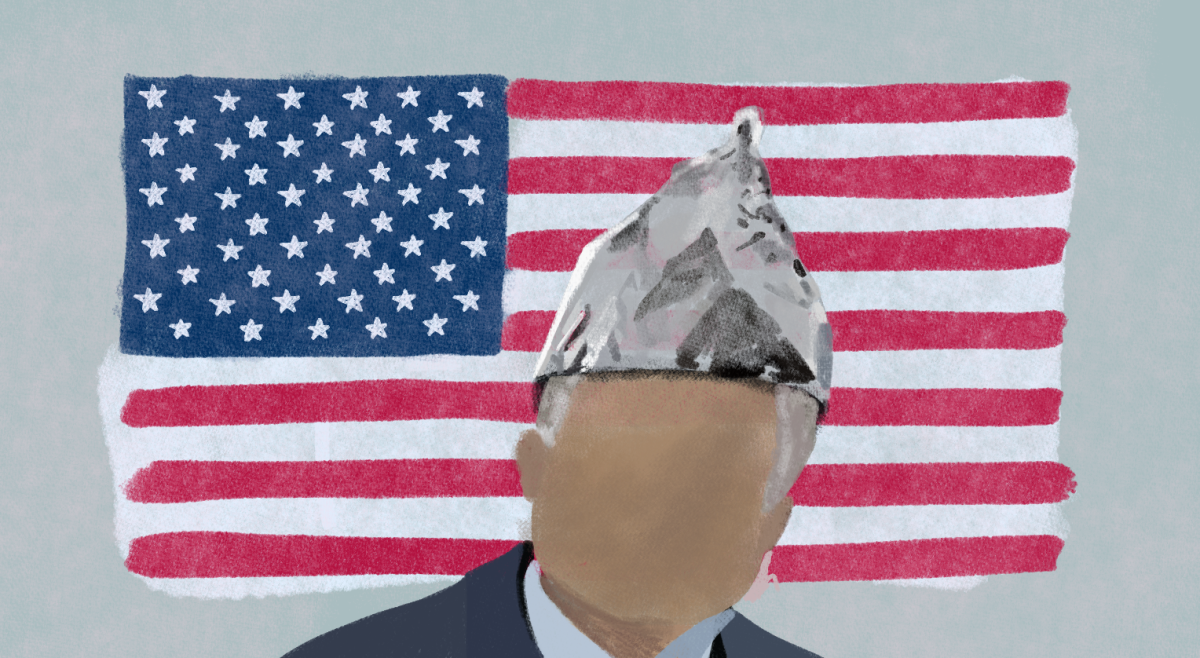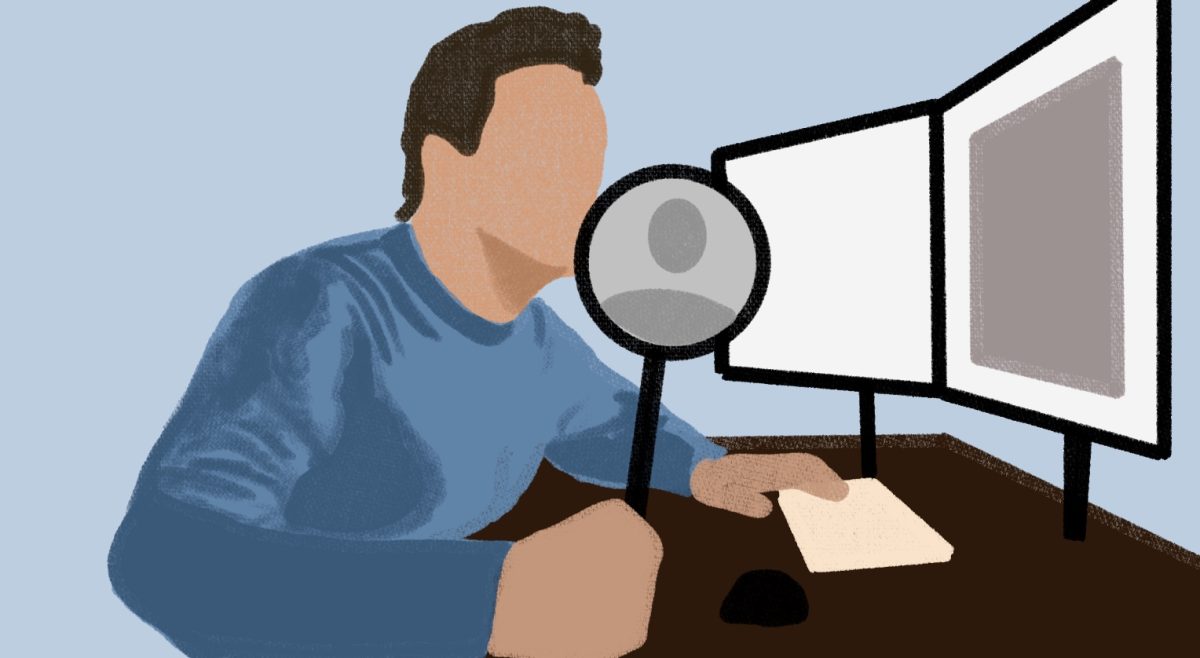If you’re like many Americans, you may be asking yourself, “Why does this election cycle have so much anger?” Much has been written about the potent populist ideas dominating the airwaves—especially regarding Donald Trump and Bernie Sanders—and it’s apparent that this style of political rhetoric is in vogue.
Yet the prevailing sentiment is that these cries for systemic change are nothing more than a passing fad, a craze destined to dwindle as people come to their senses. Many act as if the angry political discourse is an anomaly divorced from material reality, as if politicians are inventing the frustration behind this election’s narrative. In actuality, this fiery upwelling has been a long time in the making. Over the past three decades, we’ve seen moderate politicians on both sides of the aisle who have propped up the increasingly unequal status quo and led to the disappearance of the middle class, which is now looking for someone to blame.
As much as the mainstream media likes to hype up election drama, the increasingly palpable anger in this country is not just a tool politicians use to get elected. Yes, fear has been and always will be a powerful political instrument, but the rush by every candidate to frame him or herself as anti-establishment proves itself beyond the normal scope of political maneuvering and taps into deeper rumblings within American society. Even traditionally pro-business Republican candidates have pivoted to include income inequality and campaign finance reform in their campaign platforms—even if their actual policies will only exacerbate the problem. Jeb Bush states, “If you’re born poor today, you’re more likely to stay poor. We need to deal with this.” And, attacking a corrupt campaign finance system, Trump says, “I will tell you that our system is broken.”
So why is there this massive bipartisan surge calling for a drastic change in the status quo? Well, to put it bluntly: the American Dream has disappeared over the past 30 years. Since 1980, wages have only increased 8 percent, while productivity has simultaneously increased 63 percent. At the same time, however, as motionless wages are a reality for 99 percent of Americans, the richest among us continue to do better and better with the top .01 percent now owning as much wealth as the bottom 90 percent. This disparity has direct consequences for the working class, as yearly wages for the average American family would be $17,867 higher if not for the explosion of inequality since 1979. Unfortunately, this trend shows no signs of stopping, and while the country is still suffering the devastating aftermath of the Great Recession, the top 1 percent has captured 95 percent of the gains in income since the 2008 economic crash.
The causes behind this massive shift in wealth are too complex to go into in this short column, but, in short, the middle class began its decline during the Reagan era, when policies became increasingly pro-corporation. Reaganomics has never been challenged, whic has lead to the current radically unstable status quo. This is no longer a moderate and restrained society, so why would people be looking toward moderate, restrained candidates who simply rebrand the very policies at the root of our country’s problems?
This imbalance also extends beyond the economic sphere. Due to Citizens United, the wealthy and the corporations they run can buy candidates and basically decide who gets elected with their ever-inflating profits. This led to Princeton’s recently declaring that America is no longer a democracy, but rather an oligarchy, as the average citizen has next to no influence over our political system. The American Dream has a companion in the morgue: American democracy.
Even if people aren’t aware of these facts (or refuse to believe the truth behind them), they still feel their effects. With an entire generation frozen in economic limbo, citizens are starting to feel the icy chill of our radically imbalanced society. Throughout this economic winter, politicians have promised hope and change time and time again, just to leave the middle class out in the cold. No wonder the fiery rhetoric of the likes of Trump or Sanders appeals to the ones left behind. Due to the loss of faith in a system turned against them, voter turnout continues to be extremely low, especially among the most disadvantaged. A recent Pew Research Center survey found that 61 percent of Americans believe the economic system favors the wealthy, and 75 percent think that politicians are corrupted by the abundance of money in politics. This has traditionally translated into indifference, but this election cycle is different. Apathy has eroded into anger, and fed-up citizens are finding hope in the prospect of dismantling a defunct system.
Herein lies the crux behind the burgeoning popularity of populist rhetoric. As more and more people find themselves unable to find a full-time job, are drowning in student loans, or are filing for bankruptcy because of medical bills (due to circumstances outside of their control), they will turn toward so-called radical candidates who are blaming the death of the American Dream and democracy on a dysfunctional economic and political system. Pundits say these radicals are bound to go out of fashion. But doesn’t a radically broken system warrant a radical solution?
This is why the calls for the necessity of moderate candidates fall on deaf ears. Moderation in politics implies the status quo only needs a facelift, while in reality our modern society desperately needs reconstructive surgery. People are tired of plastic politicians, with more corporate sponsors than a NASCAR driver, promising change that will forever be on the horizon. The sun is setting on the age of apathy, and voters are starting to realize that they have the power to counter the might of money in our political system. A charming politician with empty promises will not quell the anger reverberating through the nation. People want a politician who cannot be bought. If we have four more years of a “moderate” candidate, this election cycle’s anger will pale in comparison to the next one’s rage.
Featured Image by Mary Altaffer / AP Photo












